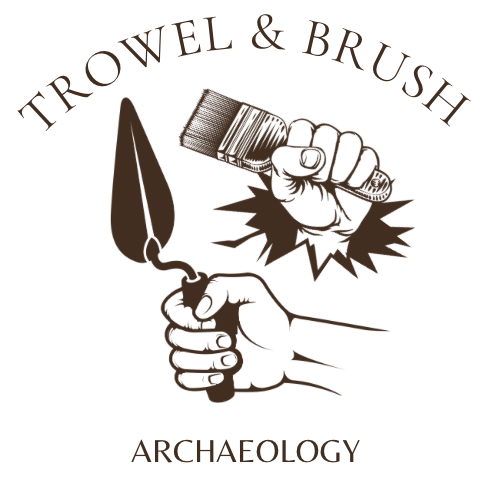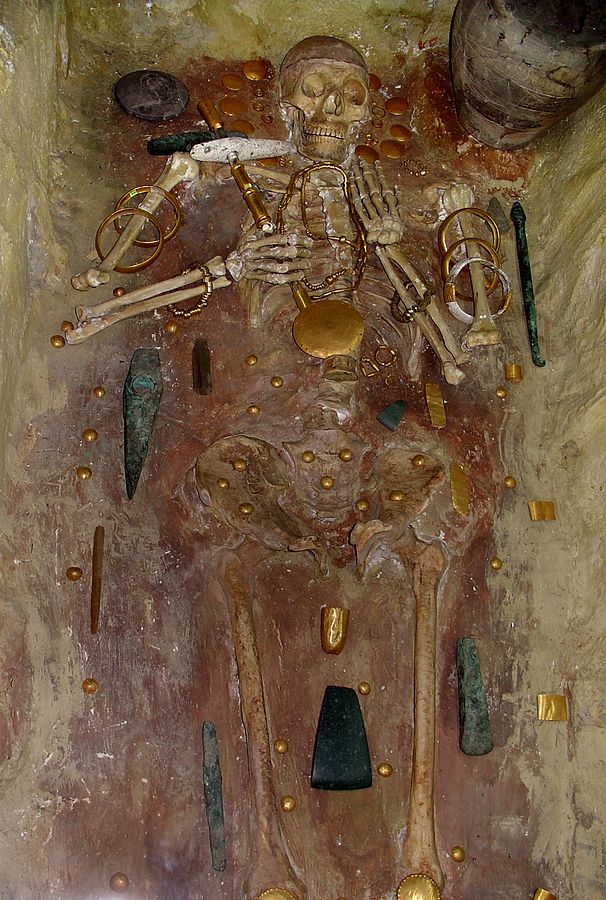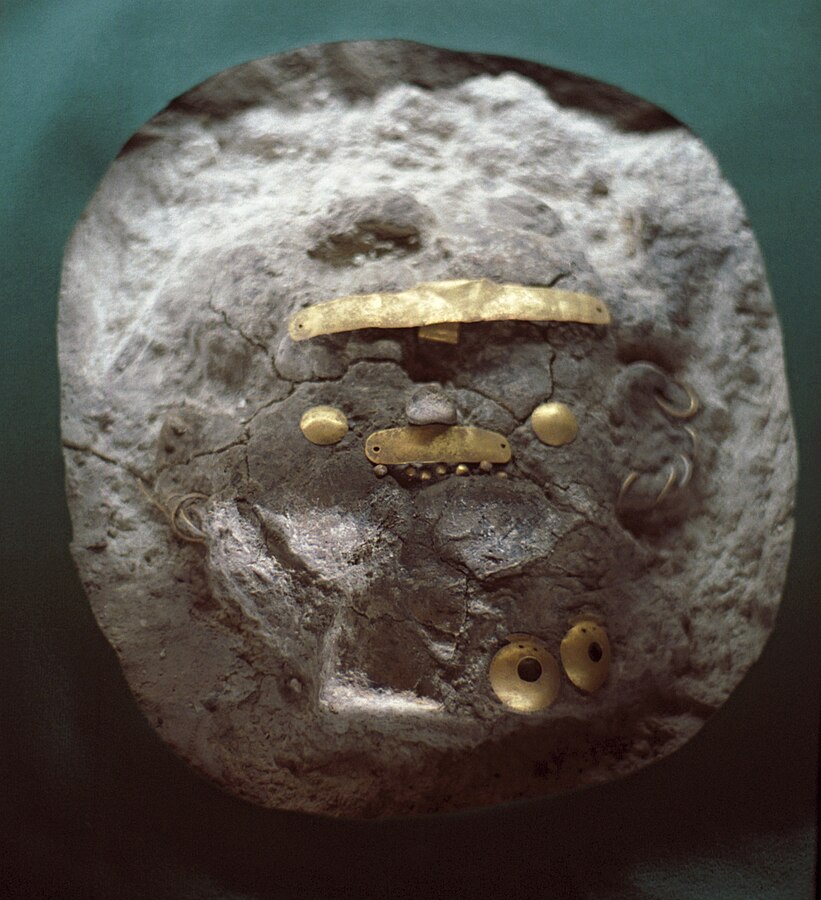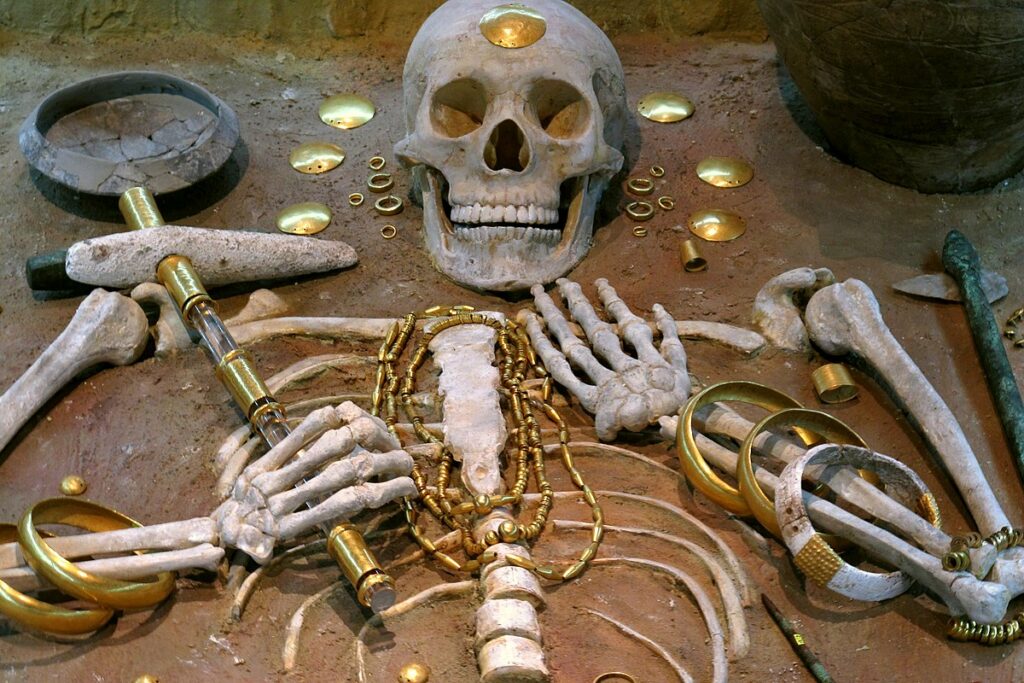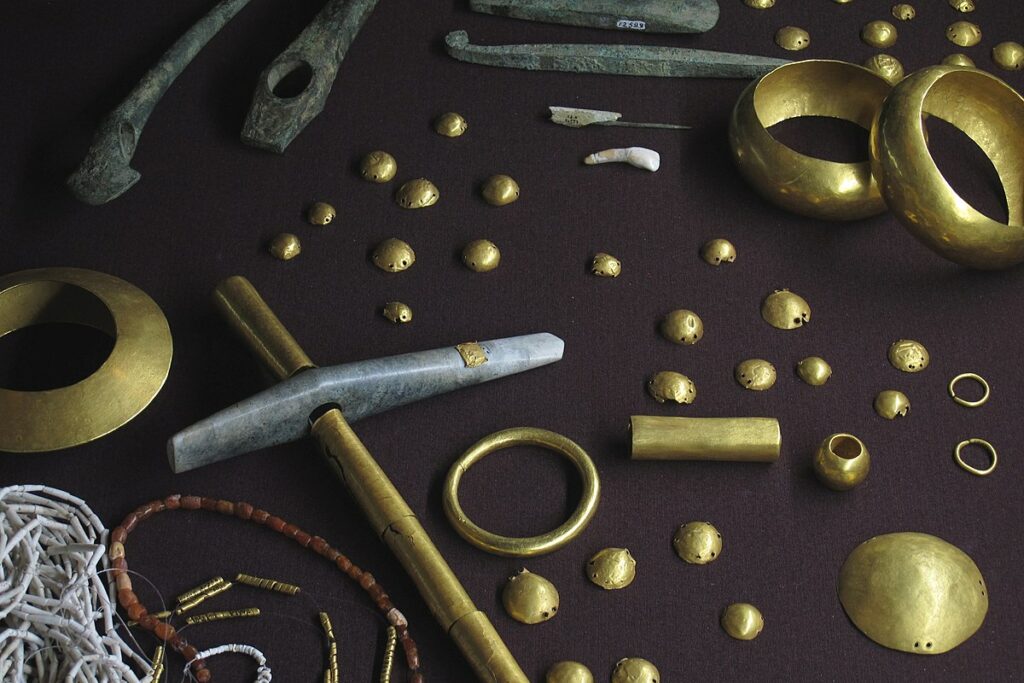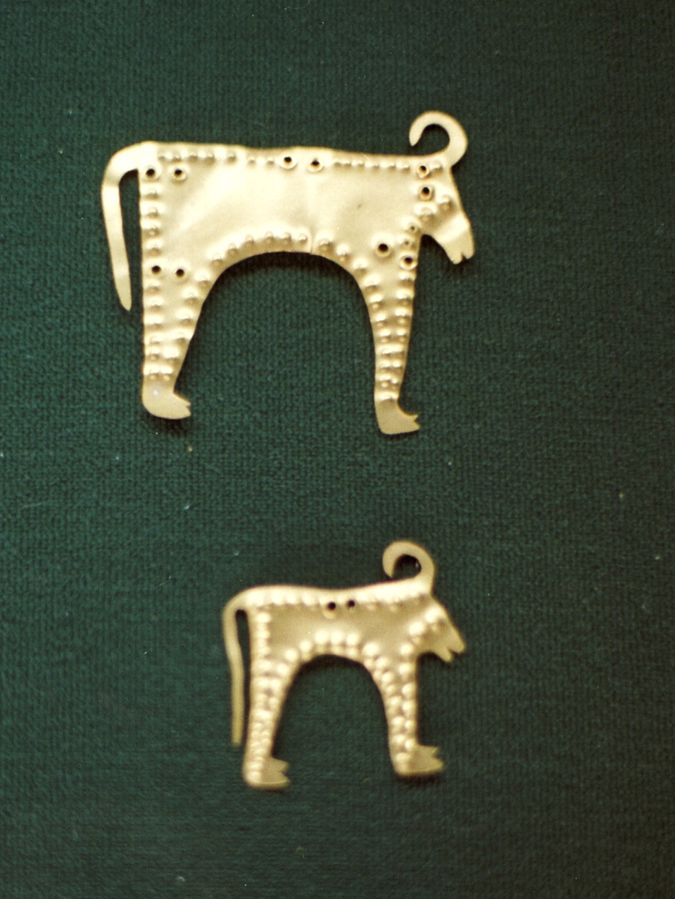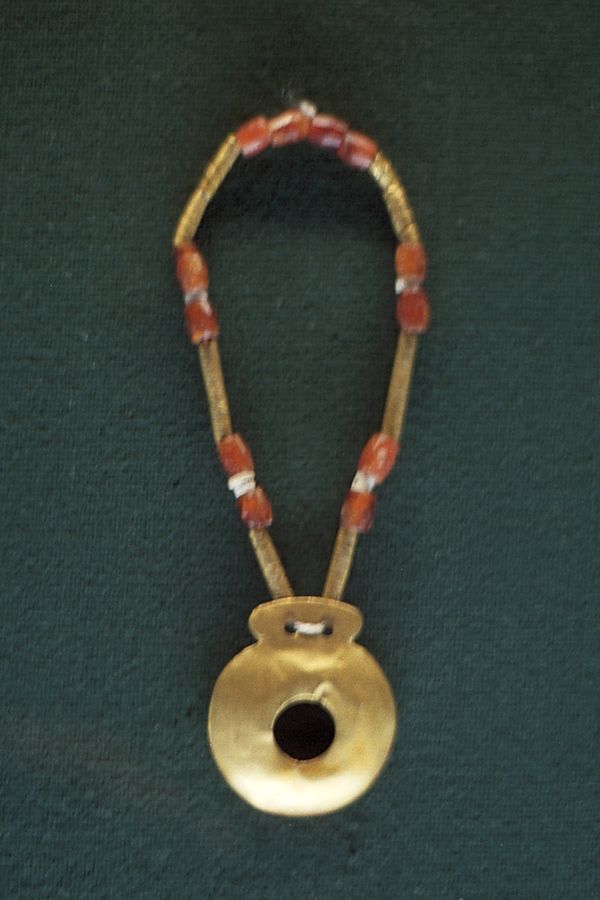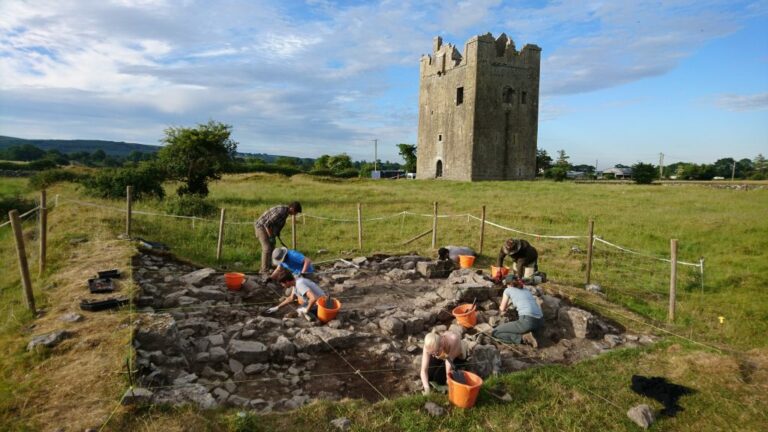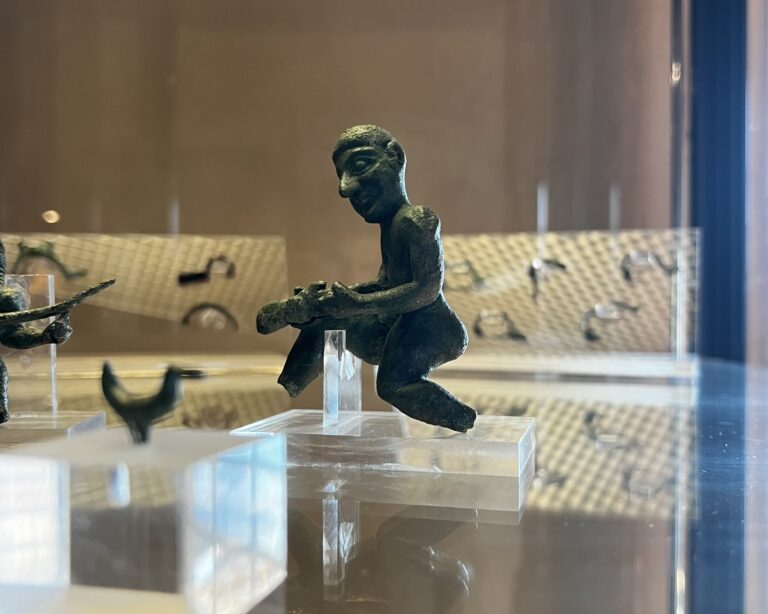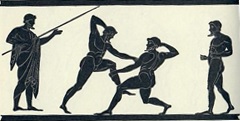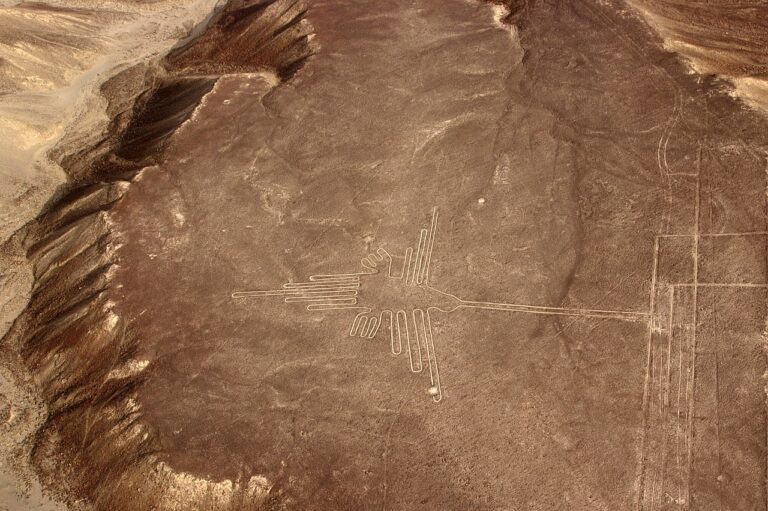Europe’s Oldest Gold Treasure Trove
Ivanov at Varna
The sands of time have concealed many of the world’s most fascinating tales, only to have them rediscovered by dedicated archaeologists who bring these stories back to life. One such tale is that of the ancient necropolis at Varna, located on the western coast of the Black Sea in modern-day Bulgaria. Known as Europe’s oldest gold treasure trove, the Varna Necropolis presents a dazzling display of prehistoric wealth and sheds light on a sophisticated society that thrived nearly 6,000 years ago.
The Serendipitous Discovery
The story of the Varna Necropolis came into the limelight in October 1972 when Raycho Marinov Ivanov, a Bulgarian excavator operator, stumbled upon the site during earth-moving operations. The accidental find quickly attracted the attention of archaeologists, and in the subsequent years, excavations led by Ivanov unearthed more than 290 graves filled with a variety of artifacts. The sheer abundance and artistry of the items found were unparalleled, with over 3,000 gold artifacts alone weighing more than 6 kilograms.
Who Were the Varna People?
The graves at Varna date back to the late Chalcolithic period, roughly between 4600-4200 BC, making them over 6 millennia old. This era, also known as the Copper Age, marked a transitional period between the Stone and Bronze Ages. The people of Varna were part of a sophisticated society with advanced metalwork skills. Their craftsmanship in gold revealed a level of finesse that was unmatched for its time.
But who were these ancient denizens? The vast wealth in the graves suggests that the Varna society had a hierarchical structure, with distinct classes of elite and commoners. The most opulent graves, likely belonging to chieftains or priests, contained ornate gold jewelry, copper tools, high-quality pottery, and intricate figurines. Some of these graves even exhibited evidence of human sacrifice, hinting at complex religious beliefs.
The Glimmering Gold Treasures of Varna
- Jewelry: An assortment of golden jewelry stands out among the findings. This includes intricately crafted necklaces, bracelets, earrings, and rings. The designs and motifs on some pieces suggest symbolic or religious significance. Some pieces were so finely crafted that they bore resemblance to the artistry of more recent historical periods.
- Scepters: Among the most fascinating golden items unearthed are the gold scepters, likely symbols of power and authority. Their presence, especially in the more opulent graves, hints at a society where certain individuals held significant sway.
- Ornaments: Gold ornaments, such as discs and appliques, were found in several graves. These items, likely sewn onto clothing or used as decorative embellishments, reflect the aesthetic sensibilities of the Varna people.
- Gold-Covered Items: Some of the artifacts weren’t made of solid gold but were instead everyday objects covered in gold. This includes items like bowtips and small vases.
Though the gold artifacts are the most dazzling, the Necropolis also housed an array of other fascinating findings:
- High-Quality Pottery: Decorative and utilitarian pottery was a staple of the Varna graves. These ceramics were painted with intricate patterns and scenes, providing a glimpse into the daily lives and beliefs of their creators.
- Copper Tools: The presence of well-crafted copper tools alongside the golden treasures emphasizes the Varna people’s expertise in metallurgy. These tools suggest a society adept at various crafts and trades.
- Bone and Stone Artifacts: Items carved from bone and stone, including figurines and tools, were prevalent in many graves. These materials, more accessible than metals, were an essential part of the Varna culture’s daily life.
- Shells and Semi-Precious Stones: Decorative items made of seashells and semi-precious stones hint at possible trade networks or at least a society that valued a variety of materials for adornment.
The astounding array of artifacts found in the Varna Necropolis paints a vivid picture of a society rich not just in material wealth but also in culture, craftsmanship, and innovation. While the gold takes center stage, each item, be it made of metal, clay, bone, or stone, tells its own story, adding to the complex tapestry of the ancient world.
Deciphering the Demise
Despite their advanced society and evident wealth, the Varna culture seemingly disappeared without much trace after a few centuries. The exact cause of their decline remains a subject of debate among archaeologists. Climate change, societal upheaval, or invasions from neighboring tribes could have contributed to their eventual downfall. The silence of the archaeological record post-Varna has only added to the enigma.
Legacy and Impact
The discoveries at Varna dramatically reshaped the understanding of early European societies. They proved that complex social structures, metallurgical advancements, and artistic sensibilities were not exclusive to the ancient civilizations of Mesopotamia or Egypt, but were very much a part of early European culture as well.
In conclusion, the riches of Ivanov at Varna remind us that history is not just about kings and wars, but also about the daily lives, passions, and skills of people who lived thousands of years before us. Each artifact, each grave, and each golden trinket whispers tales of a bygone era, waiting to be heard, understood, and appreciated.
Today, many of the exquisite artifacts from the Varna Necropolis are displayed at the Varna Archaeological Museum, a testament to the rich heritage of the region and the remarkable talents of ancient craftsmen. As we continue to study these artifacts, they not only tell us about the lives of those who crafted and used them but also push us to recognize the interconnectedness and shared legacies of ancient civilizations across the globe.
Ivanov at Varna
“Fun Fact: The Varna Necropolis, home to Europe’s oldest gold, predates the famous Sumerian civilization of Mesopotamia. This means that while the Sumerians were just beginning to establish one of the world’s first major urban centers, the people of Varna were already crafting intricate golden artifacts, showcasing Europe’s deep-rooted history of artistry and innovation!”
If you were captivated by our piece on Varna’s treasures, delve into our other articles exploring invaluable relics by clicking the button below!
